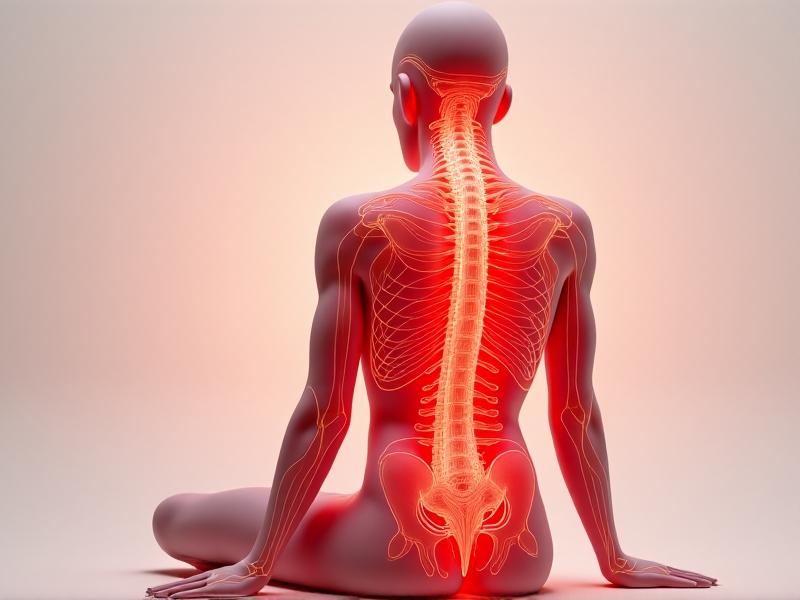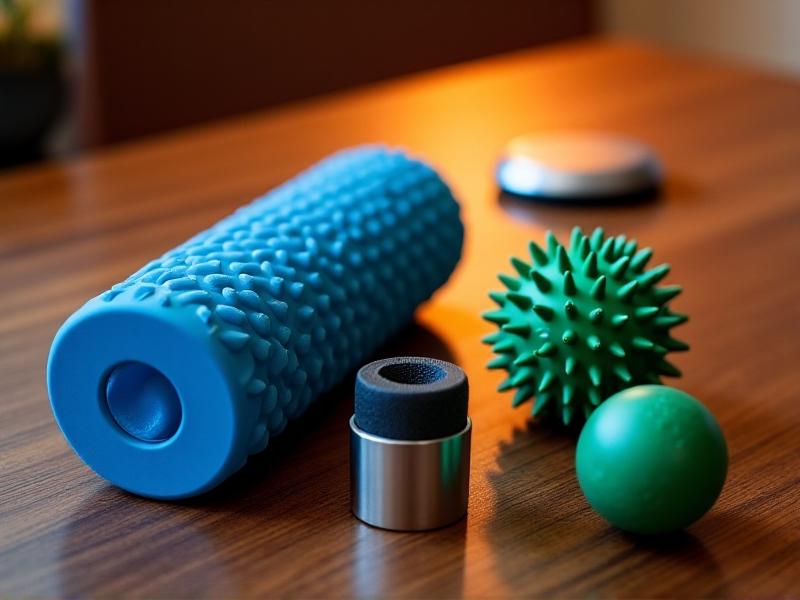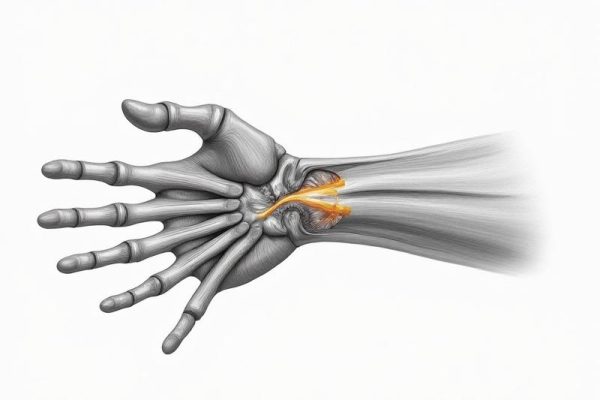```html
Understanding Fascia: The Hidden Network Impacting Office Workers
Fascia, a web-like connective tissue, surrounds muscles, organs, and joints. For office workers, prolonged sitting and repetitive motions—like typing or scrolling—can cause fascia to tighten, leading to stiffness, pain, and reduced mobility. Unlike muscle strain, fascial tension often feels like a deep, persistent ache. Modern research highlights how poor posture and inactivity create "adhesions" in this tissue, making targeted release techniques vital for those glued to desks.

The Science Behind Fascial Release: Why It Works
Fascia responds to mechanical stress through a property called thixotropy—becoming more pliable under sustained pressure. Studies show that gentle, sustained pressure (around 90 seconds) hydrates fascial fibers, restoring elasticity. For desk-bound individuals, this can reverse the "drying out" effect caused by static postures. Techniques like foam rolling or massage balls stimulate proprioceptors, signaling the nervous system to relax overactive muscles. It’s not just about flexibility; it’s about resetting the body’s structural balance.

Essential Tools for Self-Myofascial Release
You don’t need expensive equipment. A tennis ball works for trigger points in the shoulders, while a foam roller tackles larger areas like the lower back. For precision, consider a lacrosse ball or a textured massage stick. Ergonomic tools like peanut-shaped rollers or vibrating devices can enhance pressure distribution. Keep a yoga strap nearby to modify stretches. Pro tip: Use a frozen water bottle for dual-purpose cooling and rolling.

Neck and Shoulder Relief: Techniques for Desk Stiffness
Start with the upper trapezius: place a massage ball between your shoulder and a wall. Lean into it, slowly rolling from the base of the skull to the shoulder blade. For the sternocleidomastoid (front neck muscles), tilt your head sideways and use fingertips to apply gentle, downward strokes. Hold each position for 90 seconds, breathing deeply. Avoid pressing directly on the spine or carotid arteries. Pair this with chin tucks to reinforce postural alignment.

Lower Back and Hips: Releasing Sedentary Tension
Sit on a foam roller positioned perpendicular to your spine. Walk your feet forward to lower your torso until the roller rests under your lower back. Shift weight side-to-side to address the quadratus lumborum. For hips, lie on your side with a ball under the gluteus medius. Perform mini circles, pausing on tender spots. These moves counteract the compression from hours of sitting, improving pelvic mobility and reducing sciatic nerve irritation.
Wrists and Forearms: Combating Repetitive Strain
Extend your arm palm-up. Use the opposite thumb to press into forearm muscles, starting near the elbow and sliding toward the wrist. For the extensor group (top of the forearm), apply a massage ball on a desk and roll your arm over it. Perform wrist circles and finger stretches afterward. This routine alleviates tension from typing and prevents conditions like carpal tunnel syndrome. Consistency is key—aim for 2-minute sessions hourly.
Building a Daily Routine: 10-Minute Strategies for Busy Schedules
Pair fascial release with existing habits. Roll your feet while waiting for coffee to brew. Use a massage ball during video calls (mute your mic if needed!). Before bed, combine calf rolling with deep breathing. Track progress: note reductions in headache frequency or improved desk posture. Apps like TIMER or Streaks can remind you to pause hourly. Remember, consistency trumps intensity—even 90 seconds per area yields cumulative benefits.
Beyond Pain Relief: Unexpected Benefits of Fascial Care
Regular release improves lymphatic drainage, reducing facial puffiness—a perk for camera-heavy meetings. Enhanced fascial glide also boosts proprioception, making yoga or weekend sports feel effortless. Emotionally, the parasympathetic response from slow, mindful pressure lowers cortisol levels. Over time, users often report better sleep and heightened focus, turning self-massage into a holistic productivity hack.




